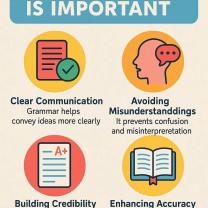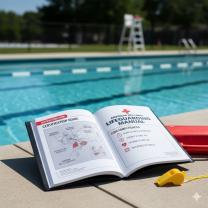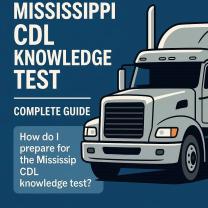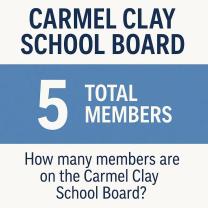What are developmental norms?
Developmental norms, also known as developmental milestones, refer to the typical, predictable, and sequential stages of growth and development that children are expected to reach within a certain age range. These milestones encompass various aspects of development, including physical, cognitive, social, and emotional domains.
Developmental norms are not strict guidelines; rather, they provide a general framework for understanding the range of skills and behaviors that are considered typical for a specific age group. It's important to recognize that children develop at their own pace, and there is variability in individual development. Not every child will reach a milestone at the exact same time, and some may achieve certain milestones earlier or later than the typical range.
By observing and tracking developmental milestones, parents, caregivers, educators, and healthcare professionals can gain insights into a child's progress and identify any potential developmental delays or concerns. Early intervention can be crucial if there are significant deviations from the expected norms, as it can help address issues and provide support to optimize a child's development.
Examples of developmental milestones include:
Physical Development:
- Motor skills, such as rolling over, crawling, walking, and running.
- Fine motor skills, like grasping objects, stacking blocks, and drawing.
Cognitive Development:
- Language development, including babbling, speaking first words, and forming sentences.
- Problem-solving abilities and cognitive skills, such as recognizing shapes, counting, and solving simple puzzles.
Social and Emotional Development:
- Building relationships and forming attachments.
- Expressing and understanding emotions.
- Developing a sense of self and empathy for others.
Adaptive Development:
- Developing self-help skills, like feeding oneself, dressing, and toilet training.
It's important to note that these milestones are averages, and there is a wide range of normal development. If there are concerns about a child's development, it is advisable to consult with healthcare professionals or developmental specialists for a more comprehensive assessment. Regular monitoring of developmental milestones helps ensure early identification of any potential challenges and timely intervention to support a child's overall well-being.
- Child development: What are developmental norms?
Developmental norms are descriptions of the average skills and behaviors that children exhibit at different ages. They are based on research on large groups of children, and they can be used to track a child's development and identify any potential delays or concerns.
Developmental norms are typically categorized into four domains:
- Cognitive development: This includes skills such as thinking, learning, and problem-solving.
- Communication development: This includes skills such as talking, listening, and understanding language.
- Motor development: This includes skills such as gross motor skills (e.g., walking, running, jumping) and fine motor skills (e.g., grasping objects, drawing).
- Social-emotional development: This includes skills such as interacting with others, managing emotions, and developing a sense of self.
- Exploring the concept of developmental norms and their significance in child development
Developmental norms are important because they can help parents and educators to:
- Understand what to expect in terms of their child's development.
- Identify any potential delays or concerns early on.
- Provide appropriate support and interventions.
- Track a child's progress over time.
It is important to note that developmental norms are just averages. Some children may develop certain skills earlier or later than others, and this is perfectly normal. However, if a child is significantly delayed in one or more areas of development, it is important to seek professional evaluation and support.
- Tips for parents and educators in understanding and applying developmental norms
Here are some tips for parents and educators in understanding and applying developmental norms:
- Become familiar with the different domains of child development. This will help you to understand what skills to expect from your child at different ages.
- Use developmental milestones as a general guide. However, it is important to remember that every child develops at their own pace.
- Pay attention to your child's individual needs and interests. This will help you to provide the best possible support.
- Don't compare your child to other children. Every child is different and unique.
- If you are concerned about your child's development, talk to their pediatrician or another healthcare professional.
Here are some additional tips for applying developmental norms in the classroom:
- Create a learning environment that is appropriate for all levels of development.
- Provide differentiated instruction to meet the needs of all learners.
- Use formative assessment to track students' progress and identify any areas where they may need additional support.
- Collaborate with parents and families to support students' development both at school and at home.
Developmental norms are a valuable tool for understanding and supporting child development. By understanding and applying developmental norms, parents and educators can help children to reach their full potential.












